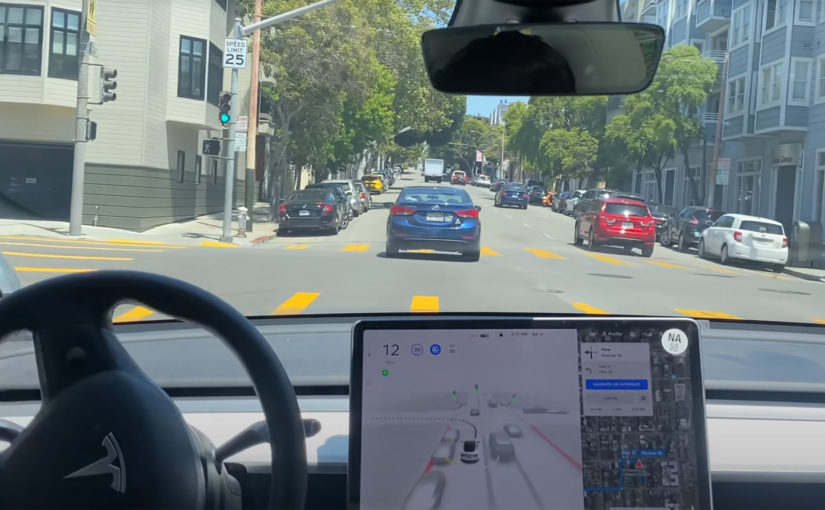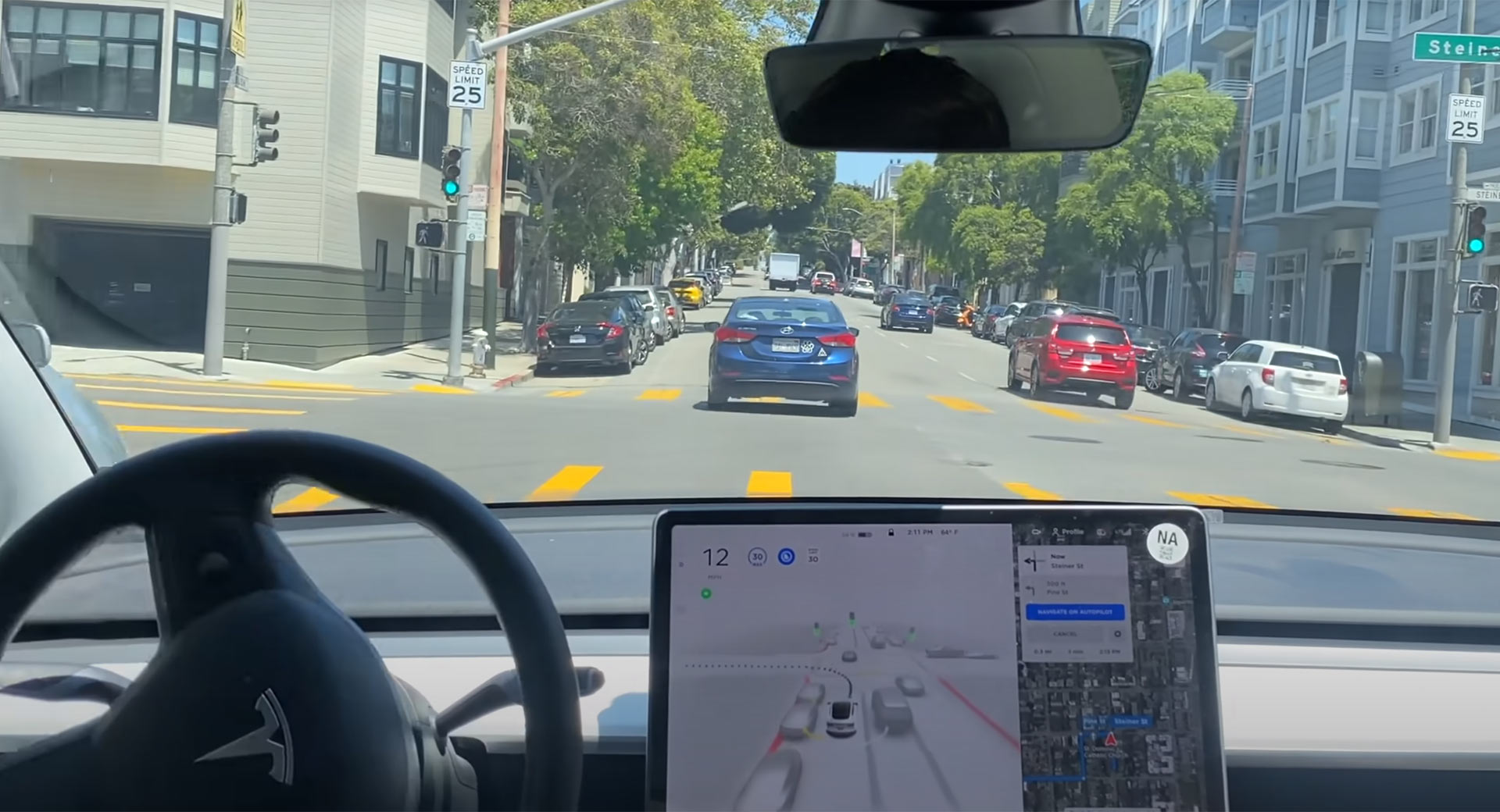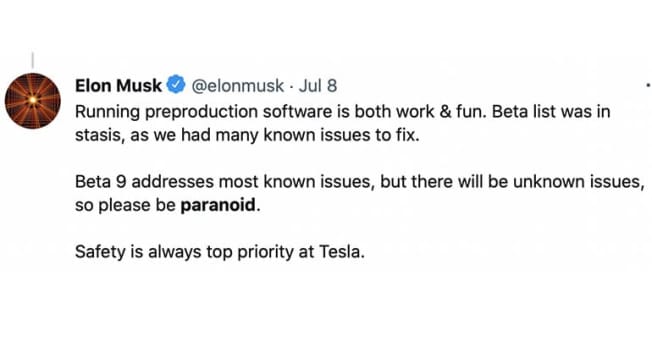Bigger trucks keep getting bigger. The increased size also means increased dangers.
That’s the assessment of Consumer Reports. The publication’s analysts detailed that from 2000 to 2018 (the most recent study) trucks are 11 percent tall and 24 percent heavier.
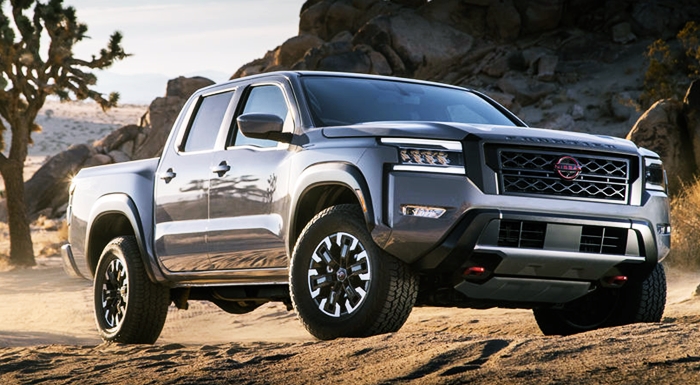

As a result, big trucks have poorer front sight lines and bigger blindspots that can prevent viewing a small vehicle or a pedestrian.
Bigger Trucks doesn’t mean better trucks
“Because of their height and long hoods, some trucks have front blind spots 11 feet longer than some sedans and 7 feet longer than many popular SUVs, which increases the risk of the driver running over someone in front of them they can’t see,” said Keith Barry, Consumer Reports Auto Editor.
An analysis from the advocacy group KidsandCars.org found most fatalities in these kinds of crashes are children between 12 months and 23 months old.
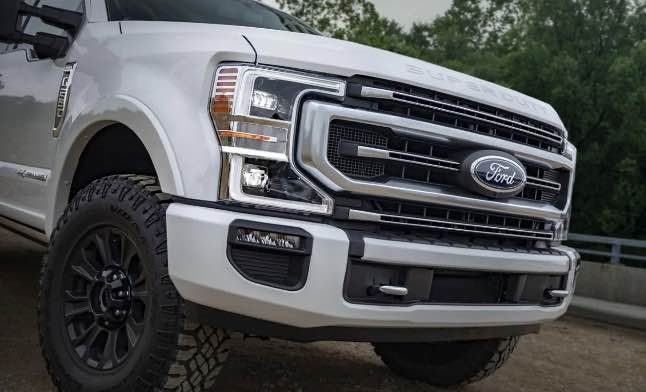

According to Ford and GM representatives, trucks have increased in size because of consumer preferences. Bigger trucks require more girth and larger grilles to further assist engine cooling, particularly when the vehicles are towing trailers.
Consumer Reports believes mandatory advanced safety technology such as automatic emergency braking could help reduced increase problems. Reducing and designing safer roads for pedestrians and cyclists would also be beneficial.
The publication also reports a pickup truck’s tall front end and higher bumper are also more likely to cause serious injuries upon impact than the bumper of a lower vehicle.

